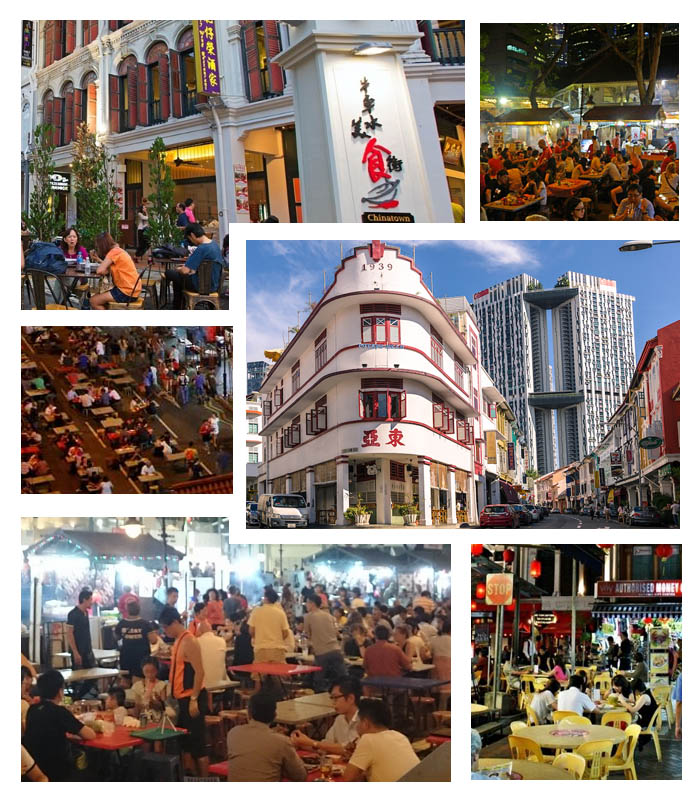“Yucks. No way are you forcing me to eat that! The smell is enough to make me puke!”
Are you one of those who shuns away from smelly fruits but always have been curious why some people are so fond of those fruits? Why not give them (the fruits) a try then? Well, you probably need a lot of guts to experience the first bite. Hey, as the saying goes "Never try, never know".
Do you know that stinky fruits actually have health benefits? So, don’t judge a book by its cover. Oops. Don’t judge a FRUIT by its SMELL!
Durian (Durio zibethinus)
Haters: “Like rotten fish, stale vomit and, garbage!”
Lovers: “Yummy to the max! Irresistible indeed”
To some, the tropical fruit “smells like hell”, while others say durian “tastes like heaven”!
A popular fruit in Southeast Asia, durian is a tropical fruit with green and hard thorny outer skin. ‘Thorn’ in Malay is called ‘Duri’, hence the name Durian. Durians are sweet, bitter, dry, creamy, soft and hard - depending on the species. Creatively, durians are also ‘transformed’ into delectable cakes, chocolates and even ice cream!
Cool durian facts:
Durian is a prohibited item at hotels, subways and airplanes.
The villainous character Dodoria in Japanese anime Dragon Ball Z was derived from durian.
Durian is also a name of a Western North Pacific (including South China Sea) tropical cyclone (Typhoon Durian).
One does not pick durians from the trees. Instead, you wait for them to fall down. Thus growers usually use a huge net to ‘catch durians’.
Popular belief: Dinking salt water from the empty durian shell cools down heatiness.
Health Benefits:
High in proteins, carbohydrate, fats, sugars, minerals and vitamins.
The flesh is used as a traditional medicine to expel intestinal worms.
The root decoction of the durian tree is traditionally used in treating fever.
Noni (Morinda citrifolia)
“What! You want me to eat this vomit-smelling, bitter-tasting and horrible-looking fruit?” Well, it is disgusting but hey, it is nutritious.
Noni, also known as cheese fruit, Indian mulberry or mengkudu, can be found growing in Southeast Asia Pacific Islands and Polynesia. The fruit is whitish yellow.
Cool Noni facts:
Eaten as a famine food in Polynesian islands and sometimes even as a staple food in some Pacific islands.
Eaten raw with salt or cooked with curry by Southeast Asians and Australian Aborigines.
Fruit fly is the only insect that does not shun away from noni.
Health Benefits:
Boosts immune system function and energy.
Treats diabetes, high blood pressure and cancer (More studies needed on this claim).
Jackfruit (Artocarpus heterophyllus)
Although the smell of rotting onions is not as strong as durian, it is still stinky. The sticky sap from the fruit is often used to make glue!”
Do not worry. It actually has many health benefits.
Jackfruit, a species of mulberry family, grows in Southeast Asia, Africa, Brazil, Bangladesh and islands of West Indies. The unopened jackfruit has a foul odour but the opened fruit smells quite appealing.
Cool jackfruit facts:
The national fruit of Indonesia and Bangladesh.
Used in cuisines, desserts, jackfruit chips, candies, beverages and curry.
The unripe (young) jackfruit is edible.
Health Benefits:
The flesh and seeds contain cooling properties.
The fruit act as a tonic and laxative.
Salak (Salacca zalacca)
“Hey, that looks like a snake, curling themselves into a ball. What is it doing in this market?”
Well, it is not exactly a snake. Rather, it is a fruit nicknamed snake fruit or snakeskin fruit. Why? It is due to its reddish-brown scaly skin texture, just like snake scales.
Salak (Malay language) is a type of palm tree and is grows in Peninsular Malaysia, Thailand, Sumatra island of Indonesia and Myanmar. It smells like smelly feet. But its taste varies from semi-sweet, dry and crunchy to juicy, soft and acidic, depending on its type. The taste is a combination of apple and jackfruit while others describe it as a mixture of pineapple and sweet apple.
Cool salak facts:
A volcano in Indonesia is named Mount Salak.
The tough-looking skin will deceive you into thinking peeling the fruit is hard – you can peel the skin easily.
Once peeled, the fruit looks like oversized peeled garlic.
Health Benefits:
This nutritious fruit is an astringent.
Though salak has not get many health claims, locals of where the tree grows have been enjoying salak for many years.
Ginkgo (Ginkgo biloba) (Female tree)
“The seeds (sometimes referred as ‘nuts’) from the female tree (male and female Ginkgo flowers grow on separate trees) smell like vomit and stale cheese. Some even had say female ginkgo seeds smell worse than dog faeces, when they are ripe! Despite this, ginkgo is the most popular medicinal herb (particularly its leaves).
Ginkgo, also known as “maidenhair tree”, a native of China, also grows in Japan, Korea, America and France. During fall, seeds that fall down from the female tree will tend to produce rancid and off-putting smell when they begin to rot.
Cool ginkgo facts:
No living relatives to accompany G. biloba - Ginkgo tree is one of the oldest trees on Earth and the only existing species of the ginkgo family tree (no pun intended).
Labelled as a living fossil due to the similarity between living tree and ginkgo fossils found from the Permian period.
Ginkgo seeds (or ginkgo nuts) are commonly boiled in making Chinese dessert and soup Gingko health benefits:
Ginkgo seed: Used in Chinese, Korean and Japanese traditional herbal medicine practices to treat asthma, coughs, fever.
Stinky Smell, Wonderful Taste...
Forget about the smell and start munching these fruits. Remember this phrase, DO NOT JUDGE A FRUIT BY ITS SMELL.
Until then,
Happy Reading!
Evelyn

